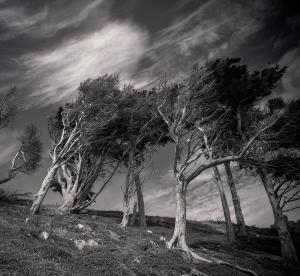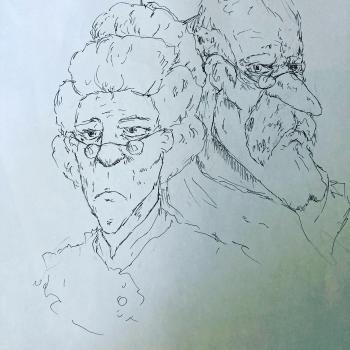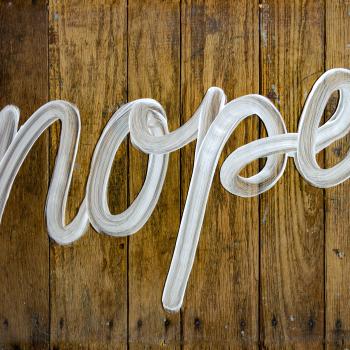My review of Wholehearted Faith and What Is God Like? went up yesterday (somehow I missed it). Because of the “sensitive nature and global importance of the subject” it’s not paywalled so you can read it for free here. Hope you’ll take a look, but here’s a taste:
“In any case,” writes Rachel Held Evans in the middle of her posthumously published work, Wholehearted Faith, “I wonder sometimes whether we’re playing at death and calling it life.”1 In characteristic and prescient candor, at the time of her death, Evans was in the act of asking the peculiar and essential questions that strike to the heart of what it means to be a creature created by God. She was circling around the most elemental issues of Christianity, of death and life, of love and truth. In her last words, we find a legacy of doubt, the grief of a person who was putting her finger on the central point without yet acknowledging the Verity Himself — Jesus — standing before her.
Along with the beautifully illustrated children’s book, What Is God Like?,2 Wholehearted Faith gives us a picture of what sort of god Evans was sketching out — not the God of the Bible, not of Jesus who makes that God known to us in the fullness of His astonishing and glorious mercy, but the god of ourselves.
Wholehearted Faith falls into two sections. The first part is the uncompleted 11,000-word manuscript Evans had been writing at her death. The second part consists of salvaged previously unpublished blogs, tweets, and notes. The two parts, masterfully sewn together by her friend, Jeff Chu, reminded me of wandering around the ruins of Pompeii or Herculaneum. They show a person caught unaware, in the act of living a life full of promise and hope, her warm, bright, occasionally cutting authorial voice crying across the chasm of the grave.
Taking It Apart and Putting It Back Together. The first, unfinished portion of Wholehearted Faith shows the beginnings of what Evans certainly meant to be the enfleshment of her own freshly reconstituted Christianity. Why would she still call herself a Christian? Was she a “believer?” What is faith, anyway? These were her pressing questions. A deconstructionist before the term became ubiquitous and unoriginal, Evans had begun laying down the paving stones for disaffected evangelicals and fundamentalists to call themselves “Christian” without having to adhere to the traditional requirements not only of doctrine and practice but of faith itself.
The task on its face was autobiographical. Contrasting the openness of her, at that moment, spiritual state, a place of asking many questions without there needing to be any answers, she traced out the narrow and prescriptive Christianity presented to her as a child. In a kind of Pauline-esque litany, she claimed to have been a pharisee of the pharisees, the master of AWANA verses,3 the person who did so much evangelism that her neighbors drew their shades as she passed by on her bike.4 She wore the clothes,5 won the awards,6 and organized the Bible clubs.7 But all it amounted to, in the end, was a deep sense of fragmentation. “The faith that I had once possessed demanded disintegration,” she writes.
Of course I could use my brain — as long as it led me to the correct, predetermined conclusions about science, biblical interpretation, and public policy. Of course I could use my heart — as long as it didn’t empathize with the wrong people or end up on the wrong side of complex moral dilemmas. Of course I could use my conscience — until it grew troubled by certain teachings and actions of the church. Of course I could use my body — as long as it remained heterosexual, cisgender, attractive but not too attractive, feminine but not too feminine, modest, appropriately clothed, restrained, demure, uncomplicated, and especially sexually dormant until my wedding night, at which point it would magically transform into a sex carnival for my husband. In other words, I could be a Christian as long as I loved God with half my heart, half my soul, half my mind, and half my body.8
The reintegration and reconstruction of her faith meant letting go of external constraints and beliefs. What she really needed — wanted — was to be known, to be found worthy by God. Reaching out for help from Brené Brown, she circled around the question of human shame and worthiness, rejecting utterly the idea that something called “original sin” could have so complicated humanity’s relationship with God as to break it entirely.9 “I didn’t want to be pitied or tolerated by the God who made me,” she writes, “as if I were a battered old teddy bear that had lost an eye and its appeal; I wanted to be cherished by God. I didn’t want God to look at me and ‘only see Jesus’; I wanted God to see me, all of me, all of what God had created and all of what life had wrought” (emphasis added).10
This great desire to be seen by God, according to her own specifications of worthiness, drove her to a contrary definition of faith. “Faith is the assurance of things hoped for,” she quotes from Hebrews, “the conviction of things not seen.”11 Nevertheless, “At its best,” she writes, “faith teaches us to live without certainty and to hope without a guarantee” (emphasis added).12 This absence of a guarantee ironically comes into crucial focus when she admits that she has no ability to recognize, in her words, “absolute truth.” “It’s not that I don’t believe absolute truth exists, but if it does, it would take the mind of God to know its fullness. I don’t think that absolute truth is sitting there in plain sight, waiting to be noticed.”13
A god Who Bends the Knee. That line, when I read it, took my breath away, for in the kernels of Wholehearted Faith, Evans was fascinated by one of the central moments of Christian history — the Incarnation itself, the time when God the Son, the second Person of the Trinity, came to His own creation as the Light and the Truth. Tragically, the implications of that glory and power were lost on her. In a heart-breaking twist….read the rest here!
Photo by JD Designs on Unsplash













